
The best museums-reserves. Historical and Architectural Museum-Reserve in Dmanisi.
The historical and architectural e-reserve in Dmanisi contains objects that convey the spirit of three centuries, namely stone, bronze and Middle. In addition to the objects found as a result of the excavations, you can see reconstructed models of the "first Europeans" here. We advise you to visit this unusual museum.
Address: Dmanisi district, Patara-Dmanisi village
The museum in Dmanisi is the first in Georgia to be located directly on the territory of archaeological excavations. The architecture of the museum is adapted to protect important archaeological layers, create modern working conditions for scientists and inform the public. The author of the project is the famous French architect Jean-Francois Miloux.
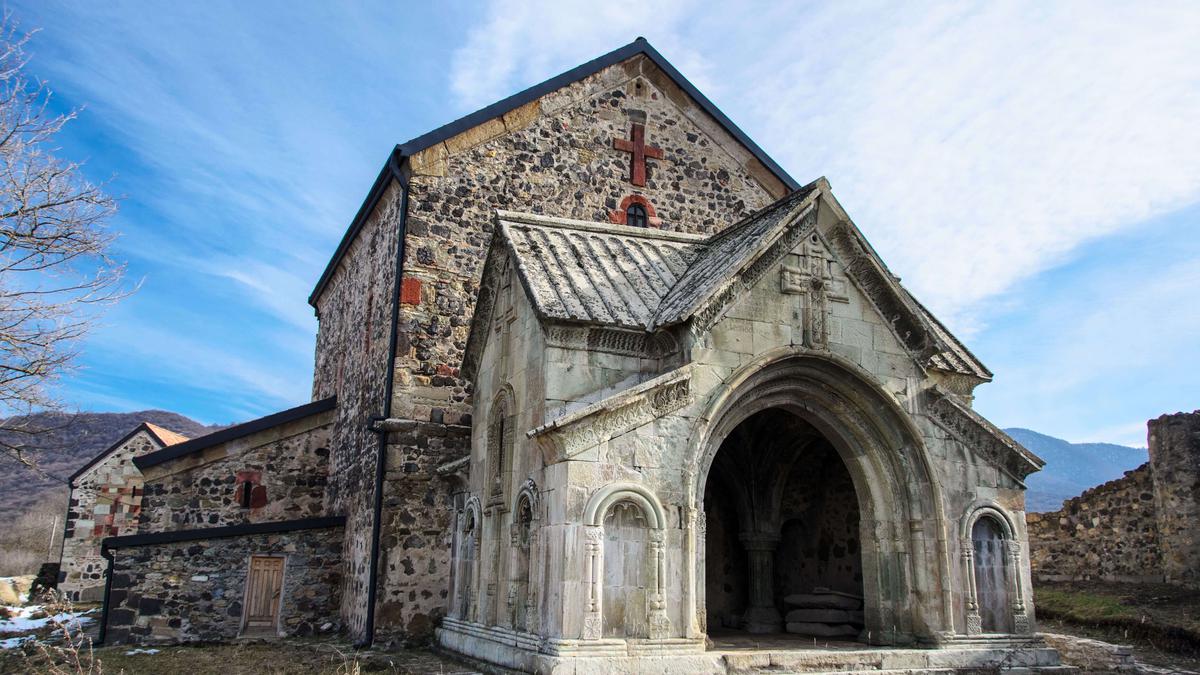
The museum-monument is a medieval settlement, where archaeological excavations are still being carried out. The medieval ruins contain an internal fortress, secular and religious buildings. In addition to the medieval layer, Georgian and foreign specialists are studying Dmanisi geological layer aged 1.8 million years, which is distinguished by numerous finds of ancient hominids and fossil remains of animals. The results of these excavations have changed the previously established idea in the international community of scientists that hominids were aliens from Africa. In recent decades, 5 skulls and 4 lower jaws of hominids have been excavated in Dmanisi. In no layer at the archaeological site in Mirena have so many hominid remains been found.
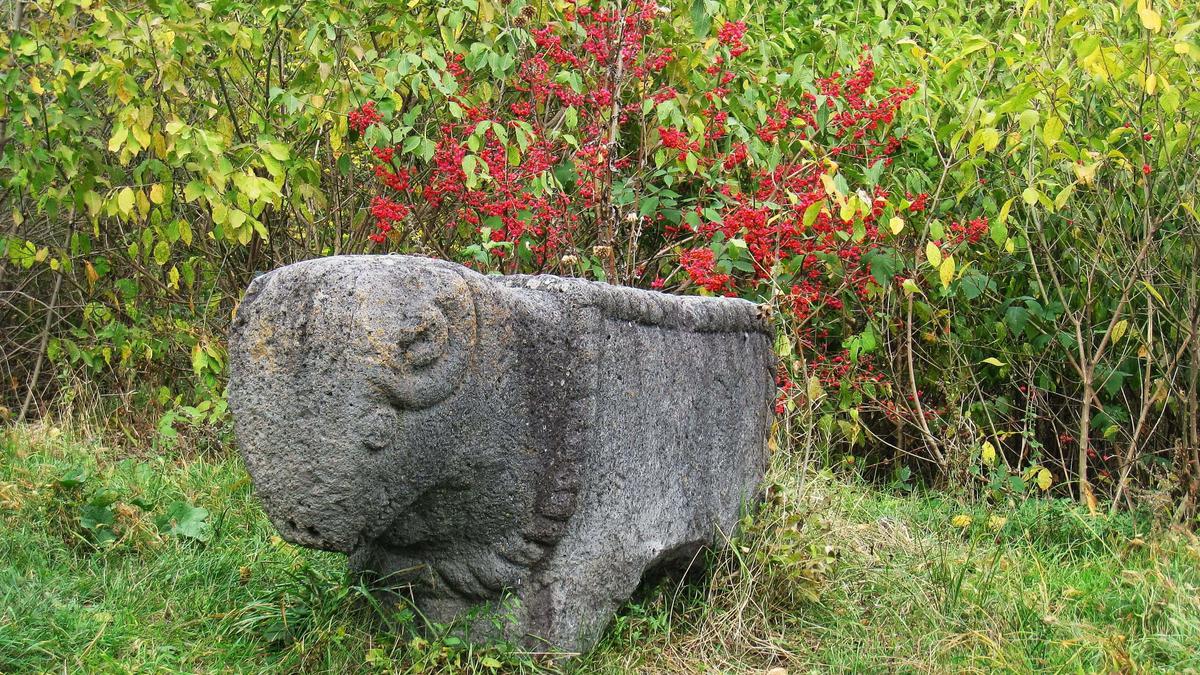
The museum, founded in 1983, presents cultural layers of three eras at once: the Stone, Bronze and Middle Ages. Visitors have the opportunity to examine objects discovered in Dmanisi as a result of archaeological excavations, including reconstructed dummies of the "first Europeans" - "Mzia" and "Zezva". Scientists from many countries participate in the Dmanisi project. Traditionally, many foreign youth come to participate in the excavations.
Since 2010, the excavations have been financed by the Shota Rustaveli National Science Foundation and the National Science Foundation of the United States of America.
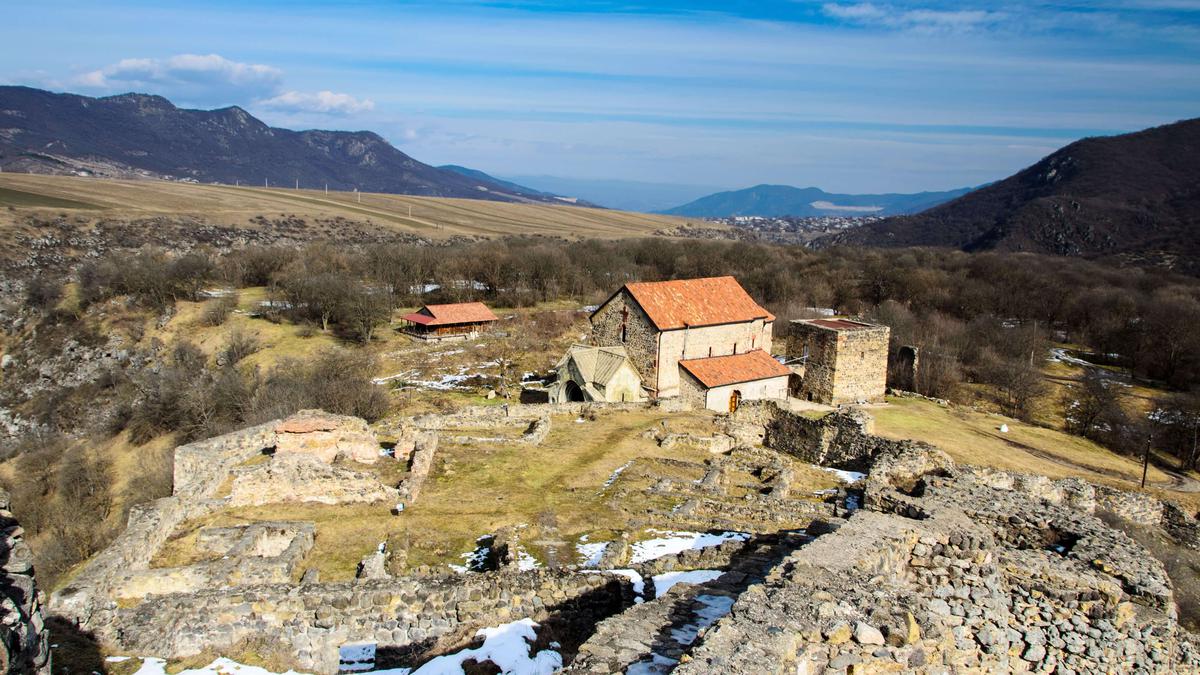
Dmanisi Archaeological Reserve is one of the most interesting and unique places in Georgia. The territory of the reserve contains various archaeological sites dating back to different periods of human history. Here you can see historical traces of the Stone, Bronze and Medieval periods.
One of the most significant objects in the reserve is the museum, which was founded in 1983. The museum is located directly on the territory of archaeological excavations, which makes it unique in its kind. It displays objects and artifacts found during excavations, as well as reconstructed dummies of the "first Europeans".
The architecture of the museum was specially designed by the French architect Jean-Francois Miloux to protect the archaeological layers, create conditions for scientists and inform the public. The museum-monument is a medieval settlement, where archaeological excavations are still being carried out.
One of the most significant discoveries made in Dmanisi was the discovery of hominid remains aged 1.8 million years. The results of these excavations changed the idea of the origin of hominids and confirmed the hypothesis that they may be local inhabitants, and not aliens from Africa.
In addition to the remains of hominids, other interesting artifacts were also found in Dmanisi, testifying to the diversity of historical periods that took place in this territory. For example, traces of the Stone and Bronze Ages were found here, which indicate that our distant ancestors lived and worked here.
In addition, on the territory of the reserve you can see reconstructed buildings of the medieval fortress, which allow you to imagine what the dwellings of the city's inhabitants looked like at that time. The most noticeable structures are the ruins of the citadel, which rise on a hill and represent one of the main symbols of Dmanisi.
The citadel housed the most important government institutions, such as the ruler's palace, a storage of money and weapons, as well as a place for court hearings. The main residence of the ruler was also located here, which was built on top of a hill and was a luxurious building made of stone and wood.
In addition to the citadel, there are other interesting structures on the territory of the reserve, including the remains of walls and towers, as well as various residential and industrial buildings. All of them allow us to imagine what the city looked like in the Middle Ages and how its inhabitants lived.
In addition to archaeological sites, the Dmanisi Reserve is a unique place for studying the nature and landscapes of Georgia. Here you can see amazingly beautiful views of the surrounding mountains and the Mtavari River, which flows near the city.
The reserve also serves as an important scientific center for studying the history and culture of the Caucasus. Scientists from different countries of the world work here, studying the history of ancient civilizations, archaeological sites and the cultural heritage of Georgia.
At the same time, Dmanisi is a popular tourist destination in Georgia. Here you can not only learn about the rich history and culture of the region, but also enjoy the beauty of nature, taste local dishes and visit numerous souvenir shops.
Thus, the historical and architectural reserve in Dmanisi is a unique place where you can learn about the rich history and culture of Georgia, explore the life of ancient people and enjoy the beauty of nature. The reserve is a unique combination of historical and natural attractions that attract many tourists from all over the world.
In addition, on the territory of the reserve you can see the reconstructed buildings of the medieval fortress, which served as protection from the attacks of the Mongols and other hostile peoples. You can also get acquainted with the unique architecture of the ancient city of Dmanisi and visit the museum, which presents exhibits related to the history of the region.
One of the main attractions of the reserve are the ancient fossils that were found in the Dmanisi cave. These fossils belong to ancient people who lived in the early Paleolithic era, about 1.8 million years ago. They were discovered in 1983 and since then have attracted many scientists and researchers who are trying to understand the life of ancient people and their way of life.
Also on the territory of the reserve you can see many species of flora and fauna that are typical for this region. Among them are rare species of birds, rodents, snakes and lizards.
In general, the historical and architectural reserve in Dmanisi is a unique place where you can enjoy the beauty of nature, learn about the rich history of the region and spend an unforgettable time with family and friends.
An excellent option for lovers of active recreation and adventure. In the reserve In addition, a visit to the historical and architectural reserve in Dmanisi can be an opportunity to take a walk through picturesque places, admire the beauty of nature, and also take pictures.
Also in the reserve you can visit the local museum, where you can learn more about the culture and history of this region. The museum exhibits artifacts from different historical periods, as well as exhibits related to archaeological excavations carried out in the reserve.
In general, visiting the historical and architectural reserve in Dmanisi is a great opportunity to spend time outdoors, enjoy the beauty of nature, learn more about the rich history and culture of Georgia, as well as engage in active recreation and get a lot of positive emotions and impressions.
--------------------------
We invite you to leave your comments and questions under the article. We want to hear your opinion and answer your questions. Your opinion is very important to us and will help us improve the quality of our work. We will be glad to receive your comments!











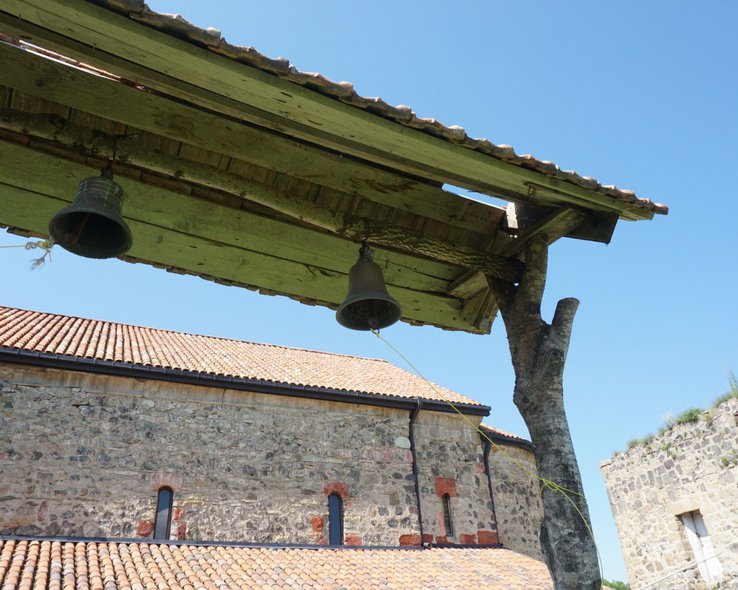

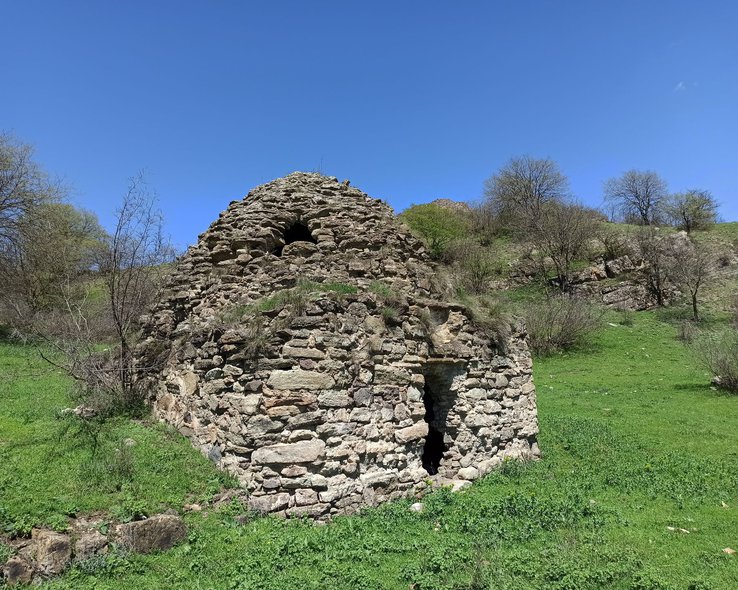


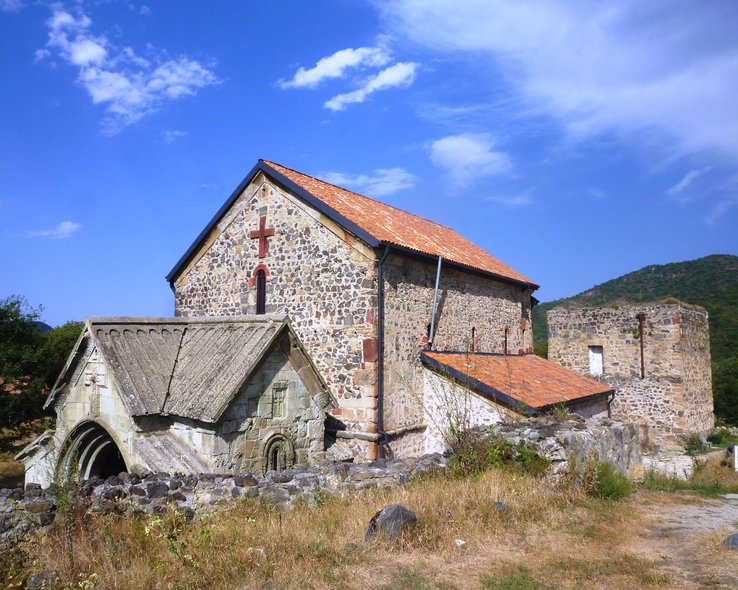

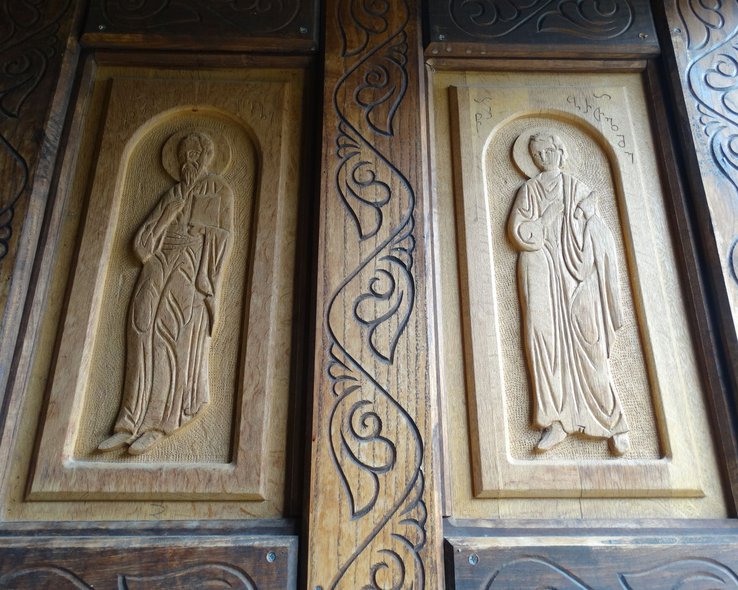
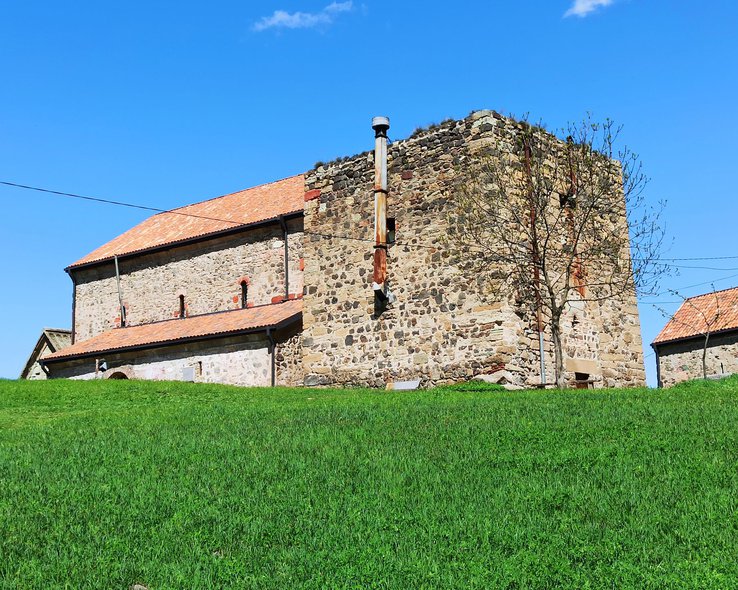
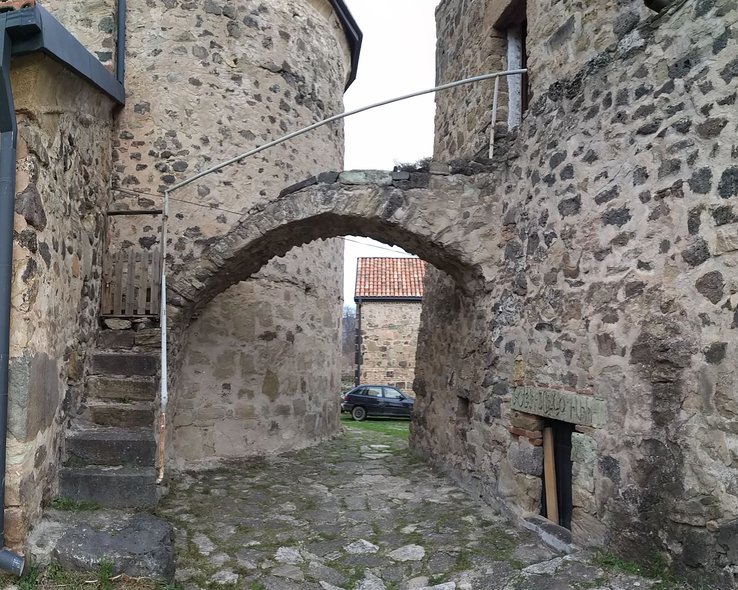

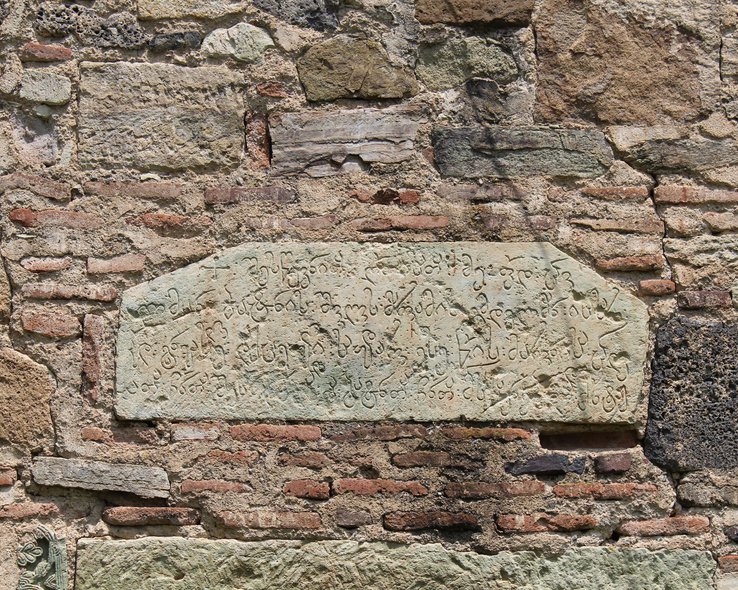

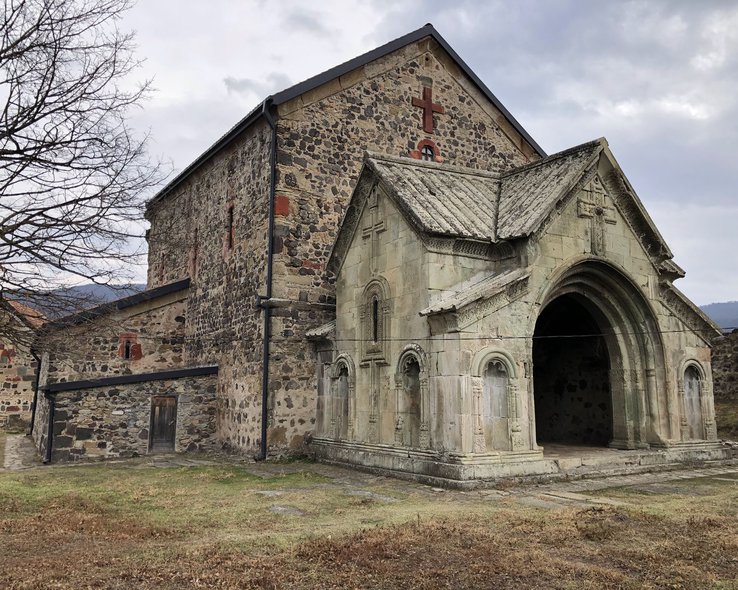
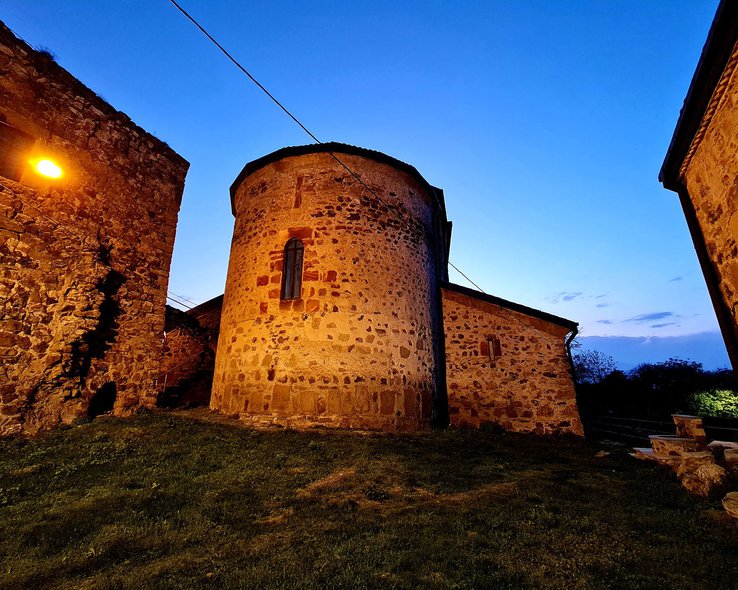
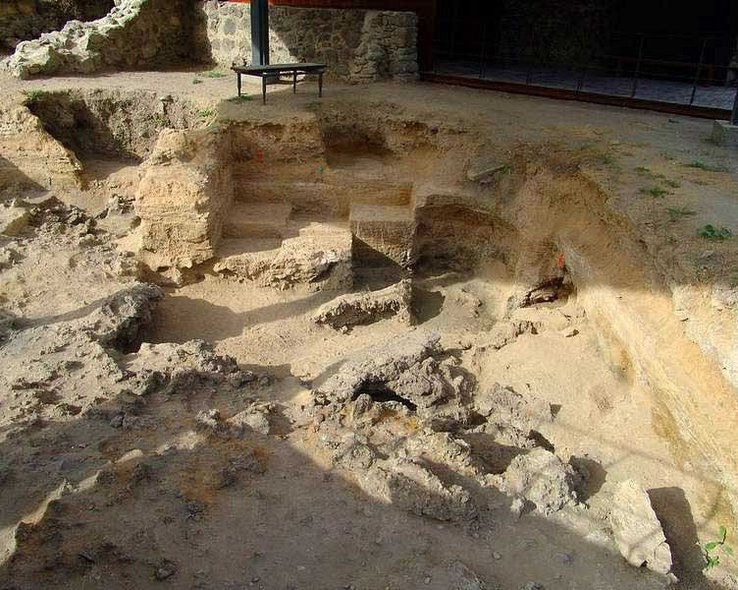

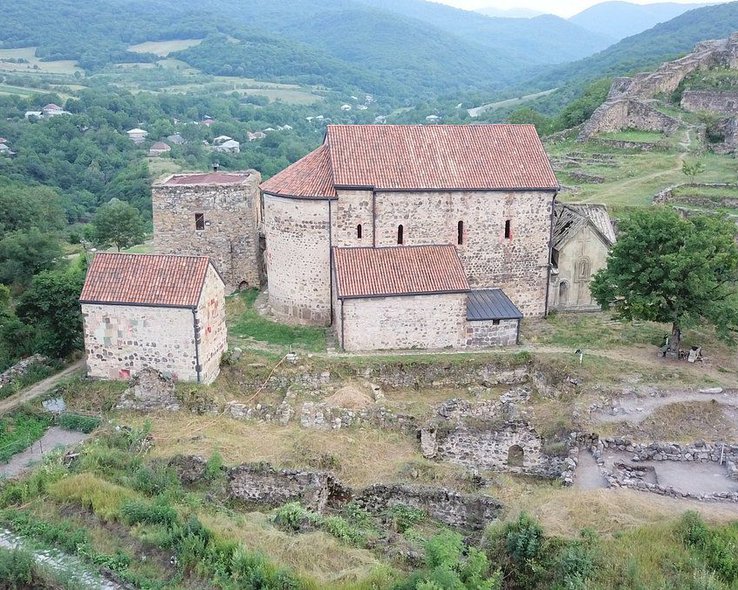



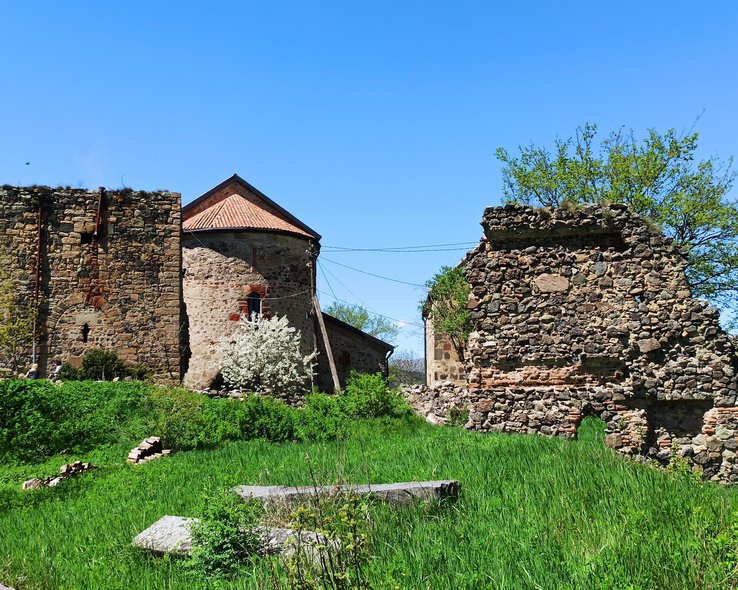
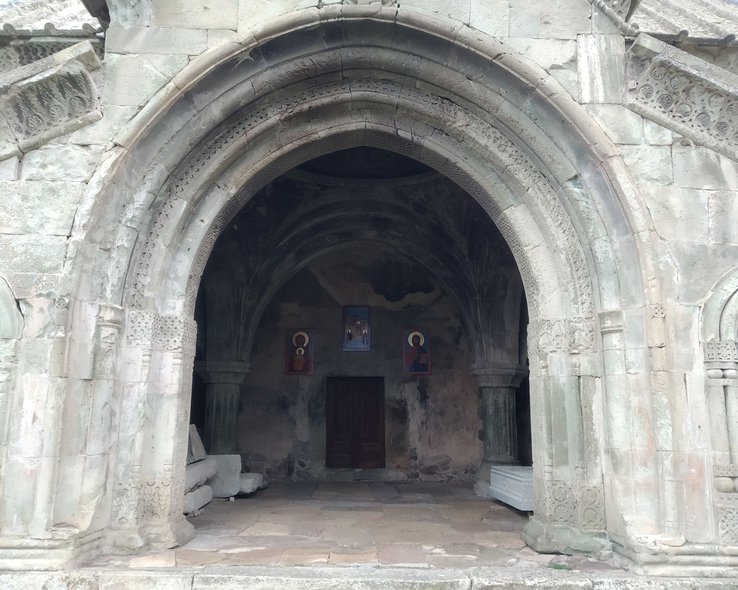
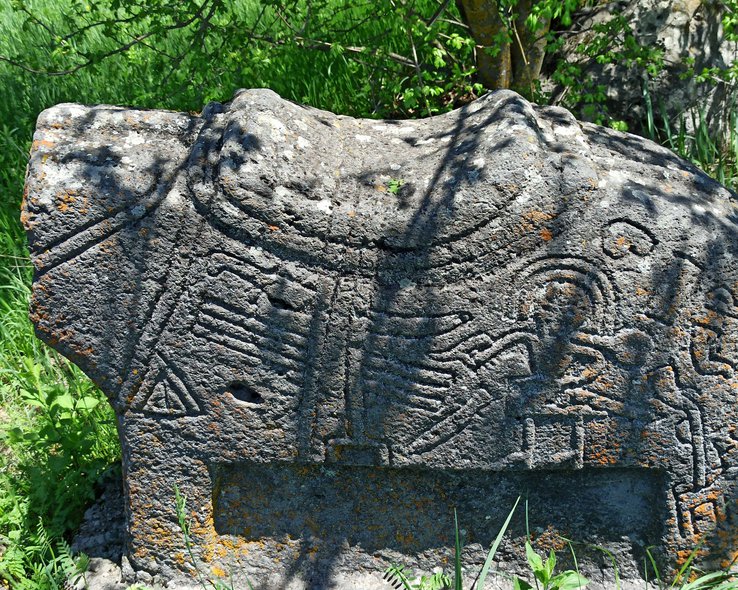

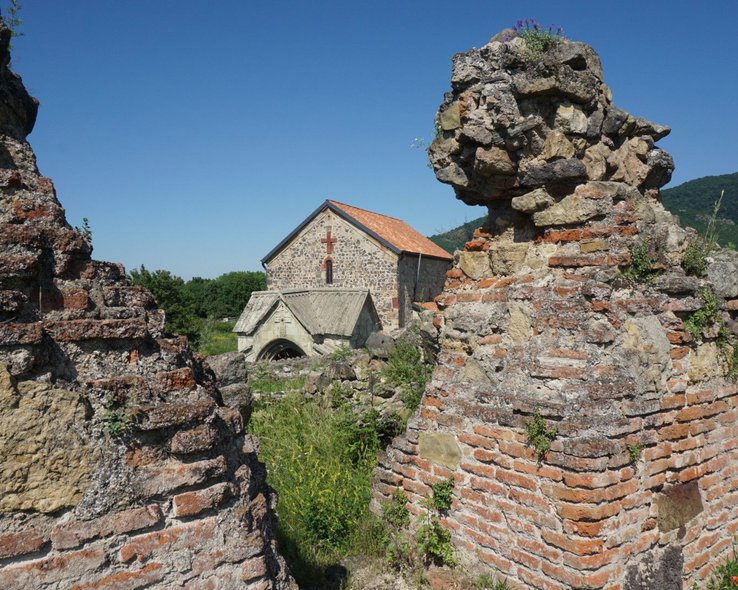
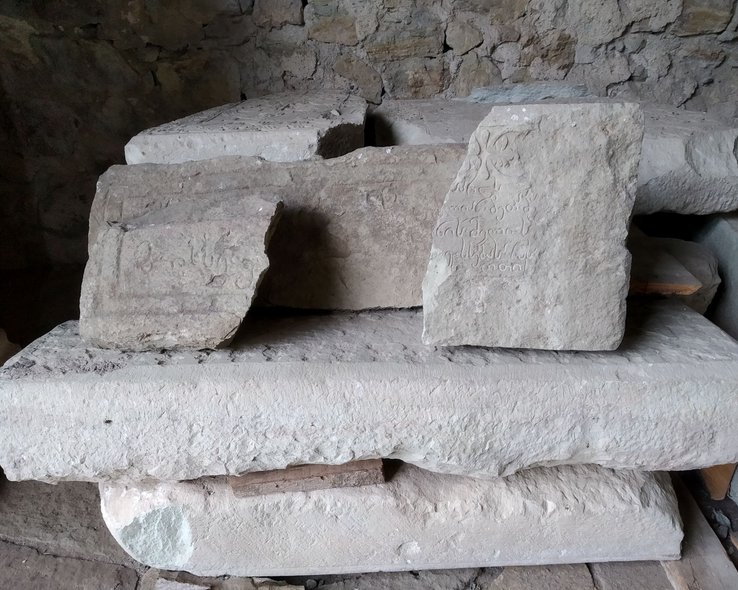
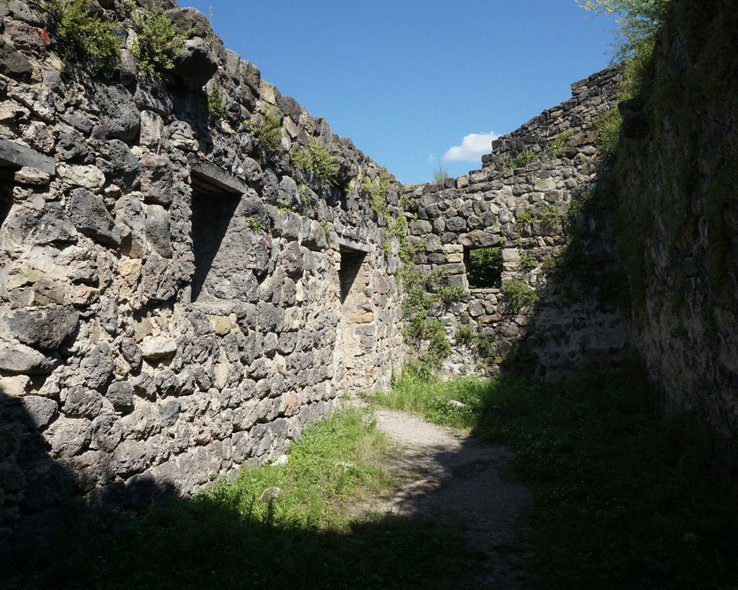

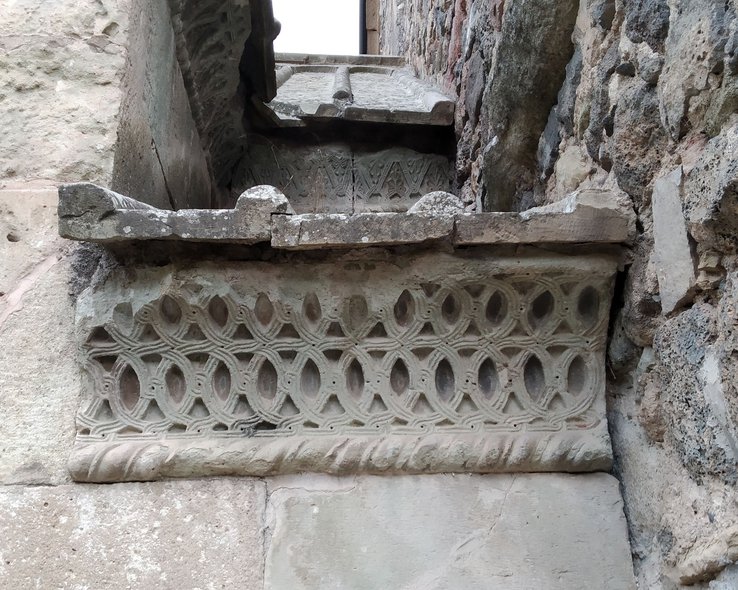

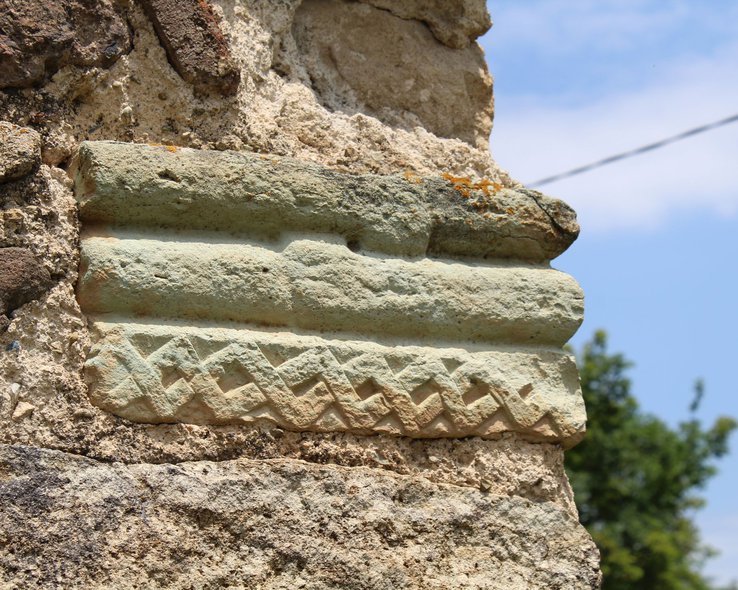
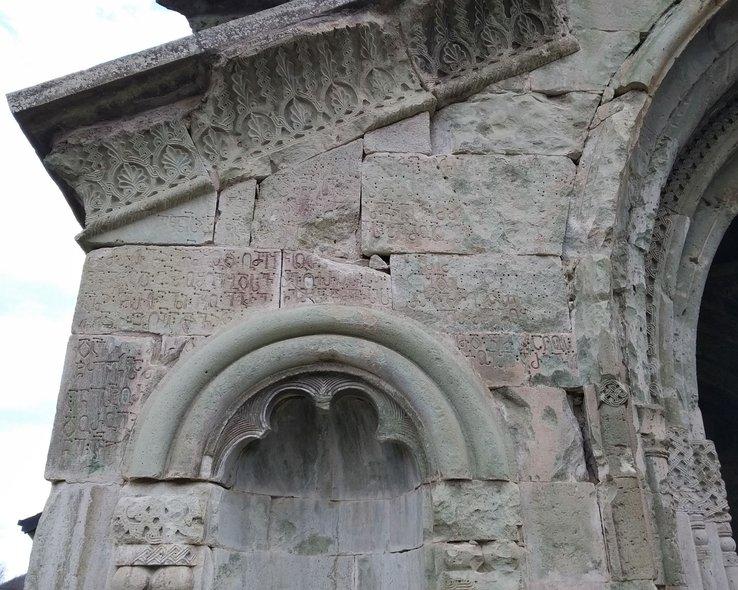


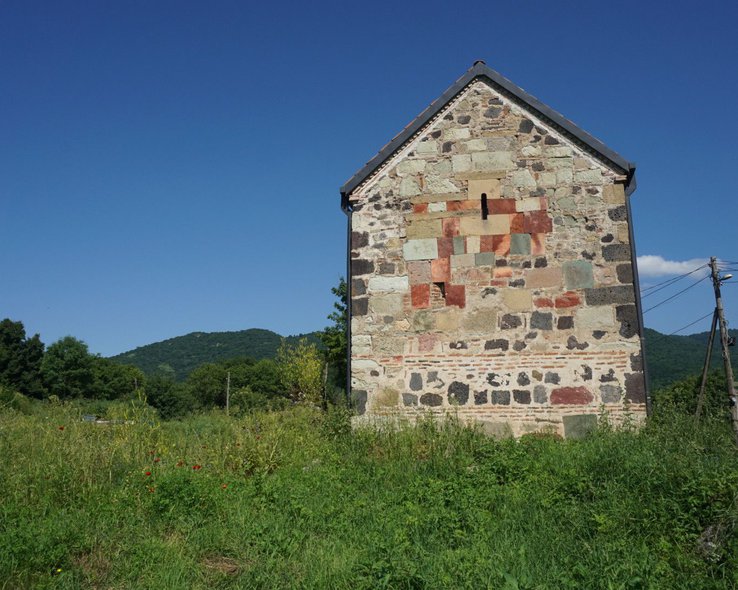
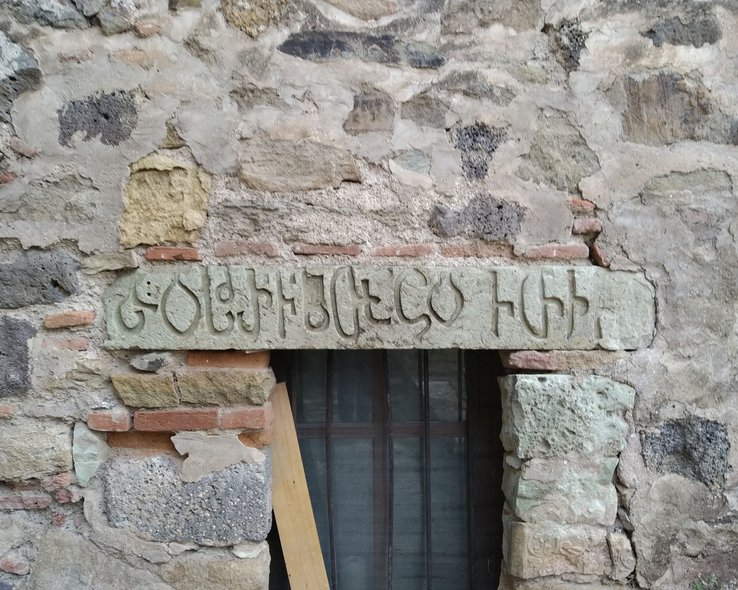



31 comments
Log in to leave a comment